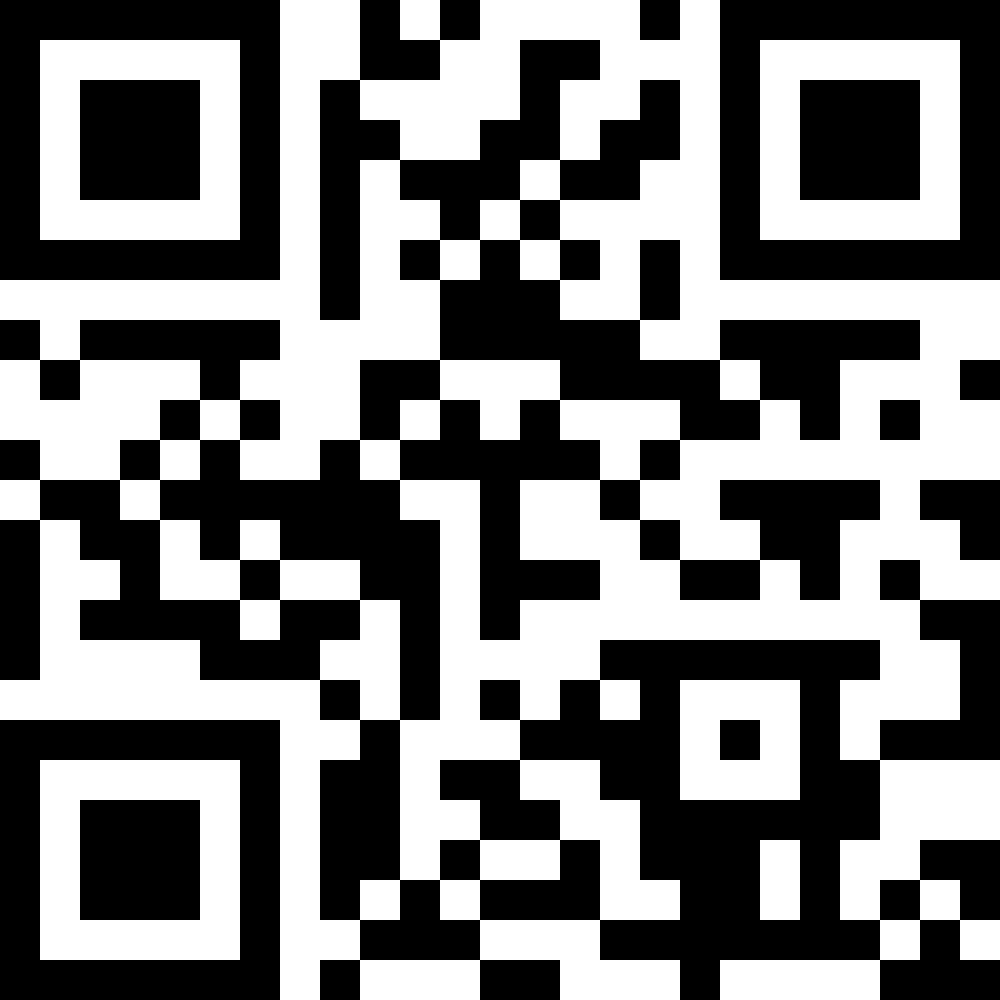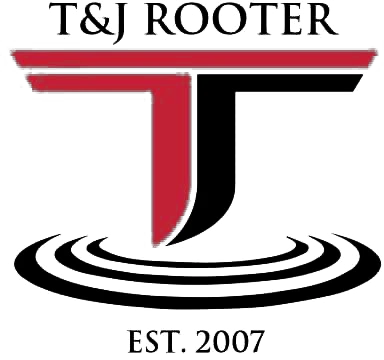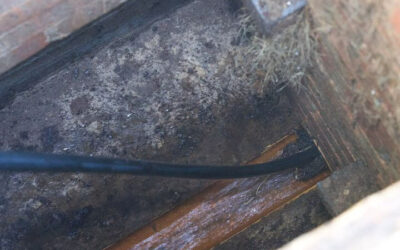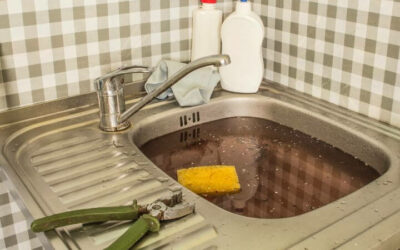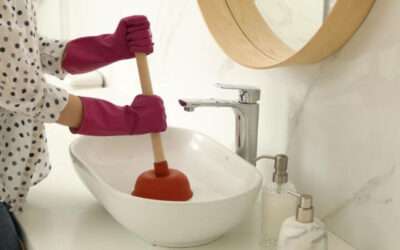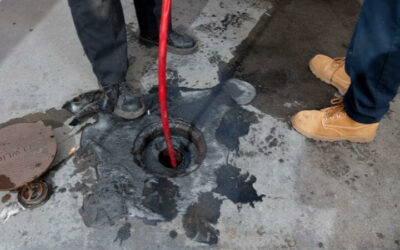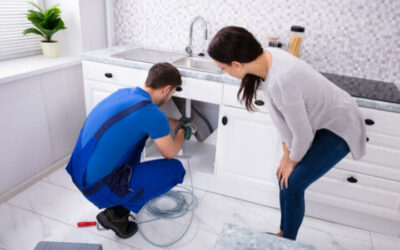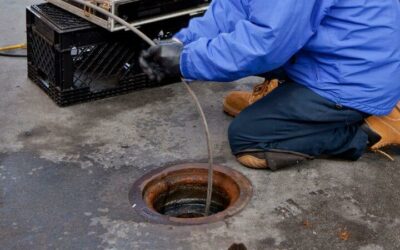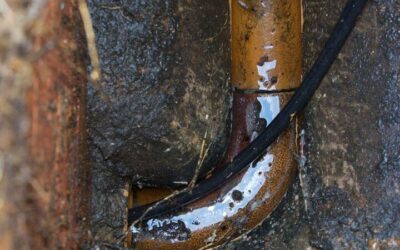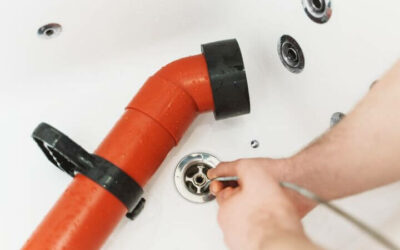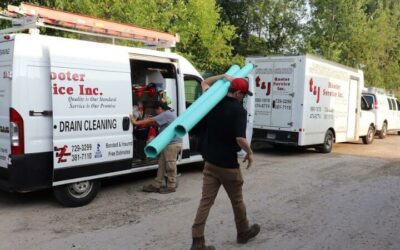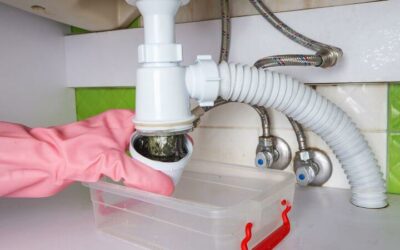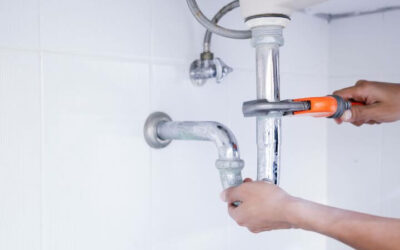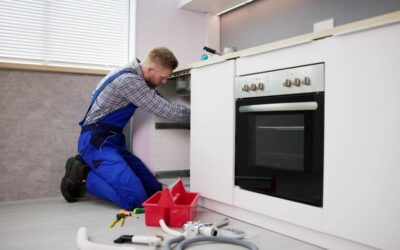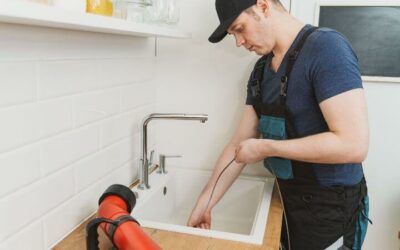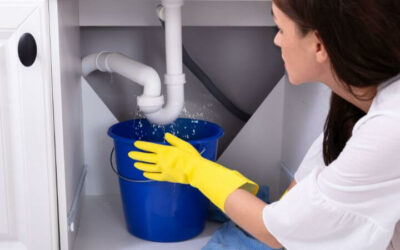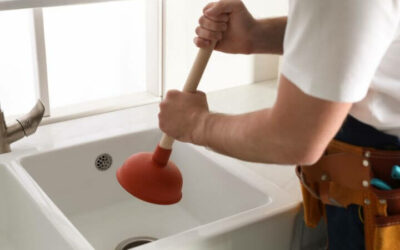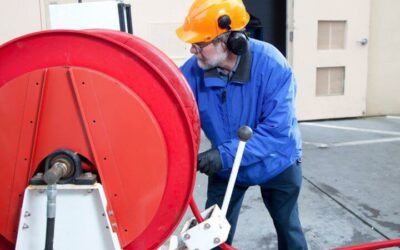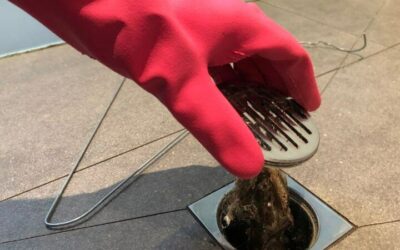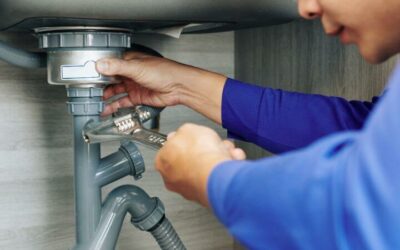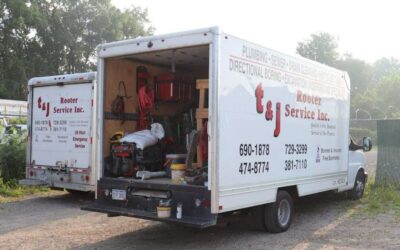Drains are a crucial aspect of any infrastructure, yet their maintenance and cleaning are often overlooked until a problem arises. This article dives into the world of drain cleaning, specifically comparing traditional draining cleaning techniques to the modern method known as Hydro Jetting, a service expertly delivered by businesses like T&J Rooter Service. We will explore the definitions, procedures, advantages, disadvantages of each method. We will also look at factors that could influence your choice of drain cleaning method and give a detailed comparison of their environmental implications. By the end, you should have enough knowledge to make an informed decision on which drain cleaning method is most suitable for your needs.
Understanding Traditional Drain Cleaning Methods
Drain cleaning is a vital task that needs to be carried out regularly to ensure a home plumbing system is running efficiently. Blockages can cause serious problems; such as flooding and property damage, not to mention health risks posed by stagnant water and waste. Traditional drain cleaning methods have been used for many years and still, to some extent, prove useful in dealing with clogged drainage systems in homes, institutions, and industries.
The Concept of Traditional Drain Cleaning Methods
Traditional drain cleaning revolves around the principle of manually reaching out to the blockage and physically getting rid of it through various means. Unlike modern techniques where chemicals or special plumbing tools are used, traditional methods involve the use of everyday household items or simple hand tools. Some traditional methods could be as simple as using a coat hanger to hook and pull out the blockage, or as involving as dismantling the pipes to get to the root cause of the problem. By following these traditional methods, plumbers and homeowners are able to rid their sewerage and drainage systems of blockages and ensure the free flow of water and other waste materials.
Common Traditional Drain Cleaning Techniques
Some common traditional drain cleaning techniques include snaking, hydro jetting, and rootering. Snaking involves using a metal rod or snake to loosen or dislodge the blockage. Hydro jetting operates on a different principle, employing a high-pressure jet of water to break down the blockage and clean the drain of any residue. Rootering, also known as mechanical rodding, uses a flexible rod, usually with a specialized cutting head attached to the end, to bore through the blockage and clear the way for normal water flow. It’s crucial to remember that these techniques should be exercised with utmost care to prevent unnecessary damage to the drain pipes.
Pros and Cons of Traditional Drain Cleaning Methods
Like any other method, traditional drain cleaning techniques come with their pros and cons. On the upside, they pose less risk to the environment because they reduce the need for harsh chemicals and toxic agents that might find their way into the water sources and soil, posing environmental and health hazards. Also, traditional methods could be more cost-effective, as you might just need a plunger or wire hanger, which are considerably cheaper than the specialized tools and chemicals used in modern methods.
However, while they can be efficient, not all blockages can be cleared through traditional methods. For deeper clogs and invasive tree roots, these methods might not suffice. Also, without a proper understanding or professional guidance, some techniques result in more harm than good to your piping system due to undue pressure or wrong usage of the tools. In some instances, traditional methods could be labor-intensive and time-consuming, compared to modern techniques such as trenchless sewer repair. Determining the most suitable method depends on an individual’s understanding of the blockage, resources available, and the condition of the drainage system.
Exploring Hydro Jetting as a Drain Cleaning Method
Hydro Jetting is a cleaning method employed in both residential and commercial gutter systems to remove accumulated debris and obstructions. It is a method of choice to plumbers who often encounter stubborn blockages that cannot be cleared by traditional snake methods. This article aims to delve into the features, advantages, and limitations of this method.
Definition and Procedure of Hydro Jetting
Hydro Jetting, also known as water jetting, relies on high-pressured water to break up and remove obstructions that build up in drains over time. The technique can effectively clear out build-ups of grease, silt, sand, and other debris that can accumulate in drainpipes and sewer lines.
The process typically involves inserting a hydro jetting hose, equipped with a specialized high-pressure nozzle, into a cleanout or other accessible point in a plumbing system. Powered by a high-pressure pump, the water is pushed through the pipe at a force capable of breaking up and dislodging the blockages. The high pressure also scours the inner walls of the pipes, removing layers of grease and grime that snake methods might leave behind.
Advantages of Using Hydro Jetting
There are several compelling reasons why hydro jetting is a preferred method of drain cleaning. First, it’s considerably more effective than other types of drain cleaning methods. It doesn’t simply punch a hole through the clog but removes the clog entirely, washing away the debris.
Secondly, hydro jetting is an environmentally friendly option. Unlike certain chemical drain cleaners, water jetting doesn’t introduce harmful substances into the water supply.
Additionally, hydro jetting is capable of handling more difficult obstructions that other techniques might fail to clear, including tree roots that have intruded sewer lines. Lastly, hydro jetting can be a preventative measure; regular cleaning with this method can prevent future build-ups and potential drainage issues.
Limitations and Precautions with Hydro Jetting
While hydro jetting can be highly effective, it’s not suitable for every situation. For example, old, weak, or fractured pipes can be damaged by the force of the high-pressure water. In these cases, other methods may be safer and more effective.
Also, hydro jetting should only be performed by trained professionals. Although it may seem like a simple procedure, it requires knowledge and control of water pressure to prevent pipe damage. Furthermore, the procedure requires safety precautions to prevent personal injury due to the water force or contact with dislodged debris.
Lastly, while hydro jetting is an excellent solution for many blockages, it is not always able to remove solid obstructions like tree roots completely. In these situations, other options such as sewer camera inspection and mechanical rodding may be employed.
Comparing Hydro Jetting to Traditional Drain Cleaning Methods
Hydro Jetting and traditional drain cleaning methods are two of the most commonly used methods for unclogging drains and sewer lines. With the advance in plumbing technology and tools, hydro jetting has emerged as a highly effective method for drain cleaning. However, traditional drain cleaning methods like snaking and rooter services are still widely used and have their own distinctive pros and cons.
Comparison in Terms of Effectiveness and Efficiency
One of the key criteria to evaluate a drain cleaning method is its effectiveness and efficiency.
In terms of effectiveness, hydro jetting takes a lead. Hydro jetting uses a high-pressure water jet to unclog the drain, which can effectively cut through tree roots, grease, silt, and other stubborn obstructions. This method is capable of cleaning the entire pipe, including minor branches in the pipeline, making it an ideal choice for severe blockages.
Contrarily, traditional drain cleaning methods, mainly snaking and rooters, are more effective in removing minor clogs and blockages. They are not as efficient as hydro jetting in removing substantial or stubborn blockages. This means, after some time, you might find yourself dealing with the same drainage issues again.
In terms of efficiency, hydro jetting again outperforms due to its ability to clean the pipes thoroughly in one operation, reducing the need for follow-ups. Traditional methods might require multiple sessions to fully unclog a drain, making hydro jetting a more time-efficient choice.
Comparison in Terms of Time and Effort Involved
In terms of time and effort involved, hydro jetting requires less time and effort compared to traditional methods. As mentioned earlier, hydro jetting is capable of unclogging the drain in one operation. Moreover, it does not involve much physical effort, as it uses sophisticated equipment operated by trained professionals.
On the other hand, traditional methods are time-consuming. They often require multiple sessions to clear the drain. Also, they involve a lot of physical effort, as these require manually entering the sewer lines using different tools and equipment.
Comparison in Terms of Cost and Long-Term Value
When it comes to cost, traditional methods can be less expensive in the short run. However, given their lower efficiency and effectiveness, you might end up spending more money in the long run. Especially if repeated sessions are required to unclog the same drain line.
Conversely, hydro jetting can be expensive initially, but it proves to be cost-effective in the long term. Hydro jetting takes care of high-level blockages effectively, reducing the need for frequent drain cleaning. Plus, it enhances the overall lifespan of the sewer lines by preventing further accumulation of mas and debris.
In conclusion, both Hydro Jetting and traditional drain cleaning methods have their own benefits and drawbacks. The choice should be made depending on the severity of the clog, time availability, and budget constraints. However, considering the effectiveness, efficiency, and long-term value, hydro jetting is often a more desirable option.
Choosing Between Hydro Jetting and Traditional Drain Cleaning Methods
Choosing the right method to clean your drains is essential to prevent unnecessary damage and to ensure the longevity of your plumbing system. The two primary methods most homeowners consider are hydro jetting and traditional drain cleaning. This article will discuss the differences between these two methods, the appropriate circumstances for both, and deciding factors such as drain type, size, and level of blockage.
Hydro Jetting is a method that employs high-pressure water to clear blockages in your drains. It uses a specified water force to disintegrate debris, tree roots, and other blockages. On the other hand, Traditional drain cleaning typically uses a snake or auger to break up or remove obstructions. It involves mechanical action to clear the pipe, mainly through scraping and cutting.
Understanding the Suitable Situations for Both Methods
Both hydro jetting and traditional drain cleaning methods have their respective places, depending on the situation and the specifics of your drainage system.
Hydro jetting is incredibly powerful and can remove not only solid clogs but also softer obstructions like grease and soap residue, which are often difficult for traditional methods to handle. However, hydro jetting is not always the best option, especially for older or fragile pipes that may not withstand the powerful water pressure.
On the other hand, traditional drain cleaning is well-suited for smaller, more straightforward blockages, and it’s the go-to method for most plumbers, especially in emergency situations. It can effectively break up hard clogs and is often the most cost-effective and quick solution. However, it may struggle with extensive buildup or more complex blockages like tree roots.
Deciding Factors: Drain Type, Size, and Level of Blockage
Structural factors of the drain also significantly influence which cleaning method would be best. The size and type of pipes play a role because hydro jetting requires a specific pipe width for the nozzle to fit. Smaller pipes might be more suited for traditional drain cleaning.
The type of blockage is another issue to consider. If you’re dealing with a severe clog, caused by tree roots, for example, hydro jetting might be necessary. Standard methods may fail as they might not be powerful enough to cut through or dislodge the roots.
Tips for Choosing the Right Drain Cleaning Method
Here are some tips to help you decide. Firstly, you should assess the state of your pipes. If they’re old, fragile, or corroded, high-pressure hydro jetting might not be the best choice. It’s also important to consider the type and extent of the blockage before deciding the best method.
Always consult with a professional plumber before making any decisions. They can assess your situation accurately and guide you through the best solution. Remember, every situation is different, and while one method may be ideal in one scenario, it may not work as effectively in another. Thus, a thorough assessment is essential to make sure that the chosen method will effectively clear your pipe blockage without causing any further damage.
Impacting Environmental Conditions
The model of our environment is a continuous evolution, shaped not only by natural changes but also dominantly by human activities. Among these activities is the act of drain cleaning. The traditional drain cleaning methods, as well as the modern ones including Hydro Jetting, may have varying implications – beneficial or harmful – on our environment. The following sections will explore these various impacts.
Environmental Implications of Traditional Drain Cleaning Methods
Traditional drain cleaning methods have evolved over the years, ranging from manual plungers and snake drains to chemical drain cleaners. These processes, though effective, carry with them certain environmental undercurrents that may contribute to environmental degradation.
One of the most commonly used traditional methods of drain cleaning is the use of chemical drain cleaners. These cleaners are laced with harsh chemicals such as lye, peroxide, or sulfuric acid that can dissolve solid food waste, hair, grease, and even paper that are causing the nostril. While this seems effective, these chemicals often end up being released into the environment, either through spillage or even through subsequent disposal of the waste material. The aquatic life becomes a major victim of the chemical drain cleaners as these chemicals have the capacity to alter the pH of water bodies, hence, disturbing the inherent biodiversity.
Moreover, the production of these chemicals also leaves a carbon footprint. The extraction of raw materials, production, and transportation all contribute noticeably to greenhouse gas emissions which speed up global warming. Besides, the improper disposal of the plastic containers of these chemical cleaners can also add up to the burgeoning problem of plastic pollution.
Environmental Implications of Hydro Jetting
In a bid to maintain efficiency in drain cleaning without compromising our environmental safety, hydro jetting was invented. Hydro jetting is a method of cleaning drains and sewer lines by blasting water at high pressure down the drains to remove blockages and buildup.
One of the key environmental benefits of hydro jetting is that it does not involve any harmful chemicals. Unlike traditional methods that hinge on harmful chemicals to breakdown clogs, hydro jetting leverages the power of water. Therefore, this means that it does not poison the environment with harsh, toxic substances in the process of drain cleaning.
In addition, hydro jetting has the advantage of efficiency. It does not merely poke holes through the clog like a plumbing snake but effectively removes the entire blockage and also clears the pipe of any residual materials. This, in turn, prolongs the life span of the pipes and reduces the need for frequent replacement and its associated waste.
However, the hydro jetting method is not without some detrimental impact on the environment. The method uses a significant amount of water. Given the increasing problem of water scarcity around the world, any practice that contributes to wastage of water can be a concern. Nonetheless, recent advancements in technology are geared towards improving the water efficiency of hydro jetting machines.
In summary, while no drain cleaning method can be said to be perfectly eco-friendly, the scale tilts towards hydro jetting as a more environmentally friendly option when compared to traditional drain cleaning methods. But there is always room for improvement and we should make efforts towards enhancing the energy and water efficiency of such technologies and cultivating environmentally mindful practices.
1. What differentiates Hydro Jetting from Traditional Drain Cleaning Methods?
Hydro jetting employs the use of high-powered water pressure to disintegrate clogs, as opposed to traditional methods which may use a plumber’s snake or harsh chemical products.
2. Are Hydro jetting methods more efficient than traditional drain cleaning techniques?
Yes, hydro jetting provides a more comprehensive cleansing, penetrating deeper into pipes and removing residue build-up that other methods might miss.
3. How does Hydro Jetting impact the environment compared to conventional drain cleaning procedures?
As hydro jetting merely employs water pressure without the need for chemicals, this method stands as more eco-friendly compared to traditional drain cleaning procedures, which often use chemical solutions that could harm the environment.
4. Is Hydro Jetting more expensive than utilizing traditional methods?
The cost of hydro jetting varies, often depending on the job’s complexity. Although initially it might seem more expensive, considering long-term results, this method may prove more economical.
5. Does Hydro Jetting present any risks to the plumbing system that traditional methods do not?
Improper use of hydro jetting can damage pipes, particularly older or fragile ones. Trained professionals should undertake this method to avoid potential issues.
6. How frequently should a residential or commercial property schedule Hydro Jetting as compared to traditional drain cleaning methods?
Although frequency depends on the individual property’s needs, overall, because hydro jetting provides a more thorough cleaning, property owners typically require fewer cleanings per year compared to traditional methods.
